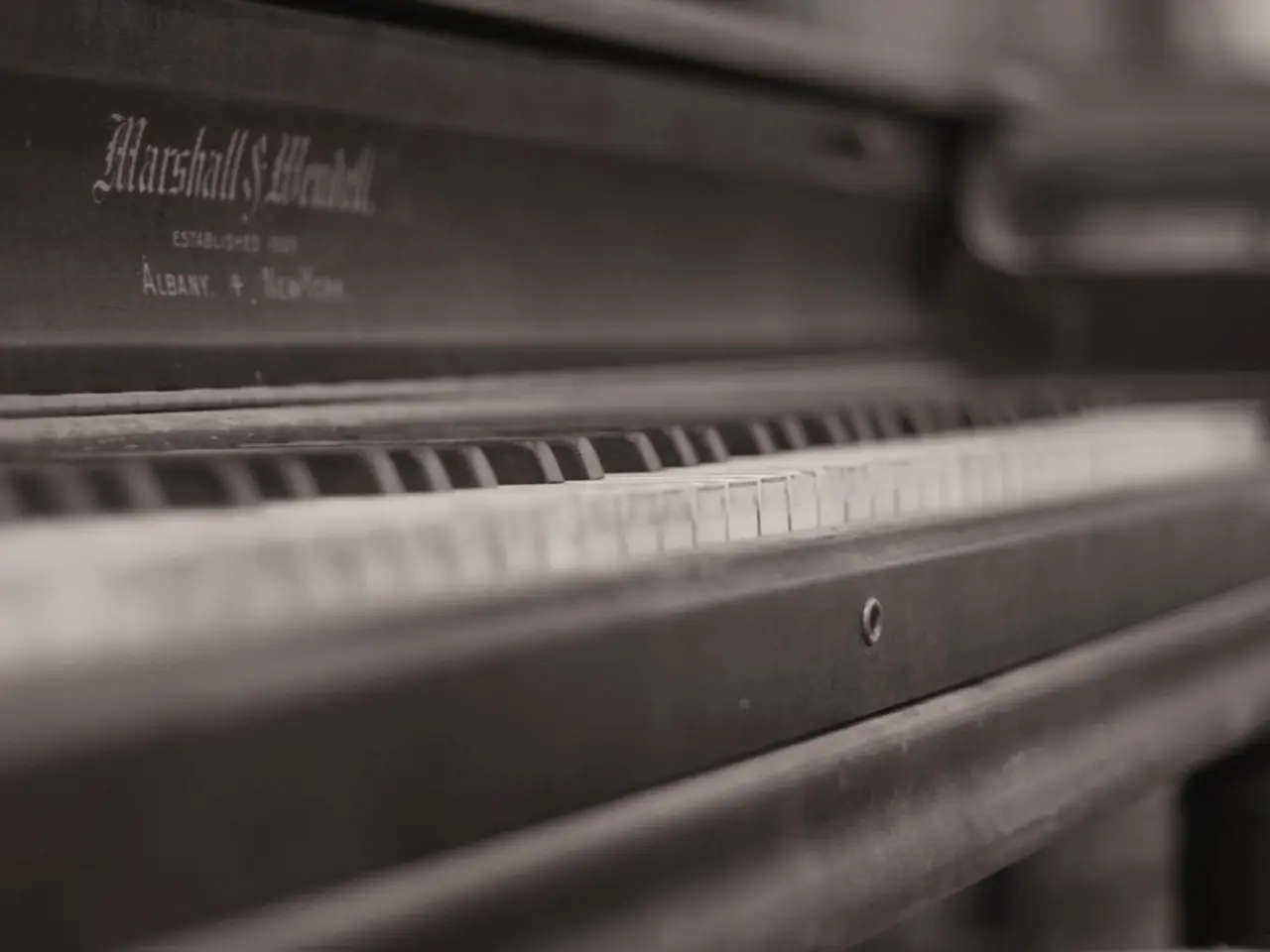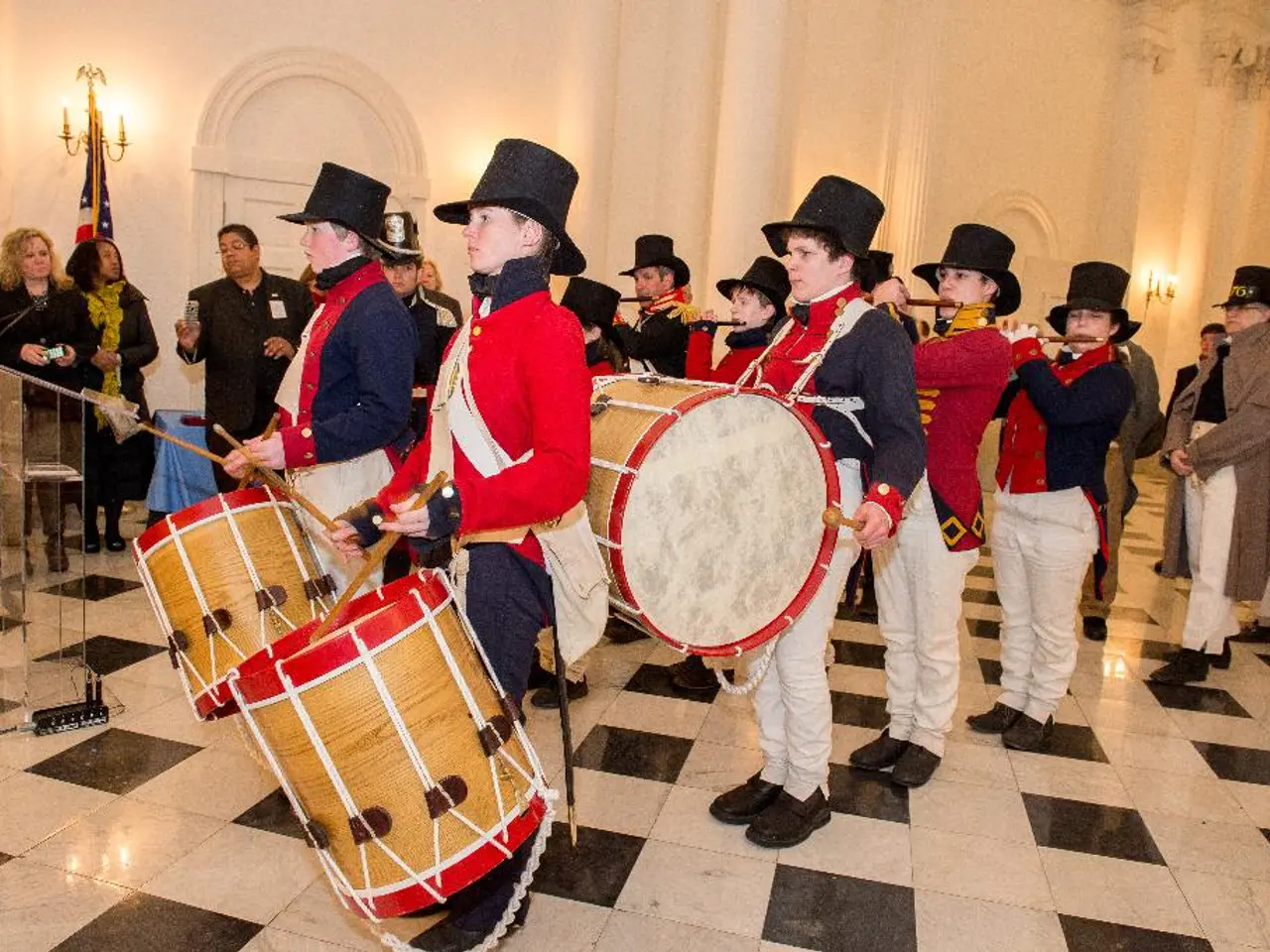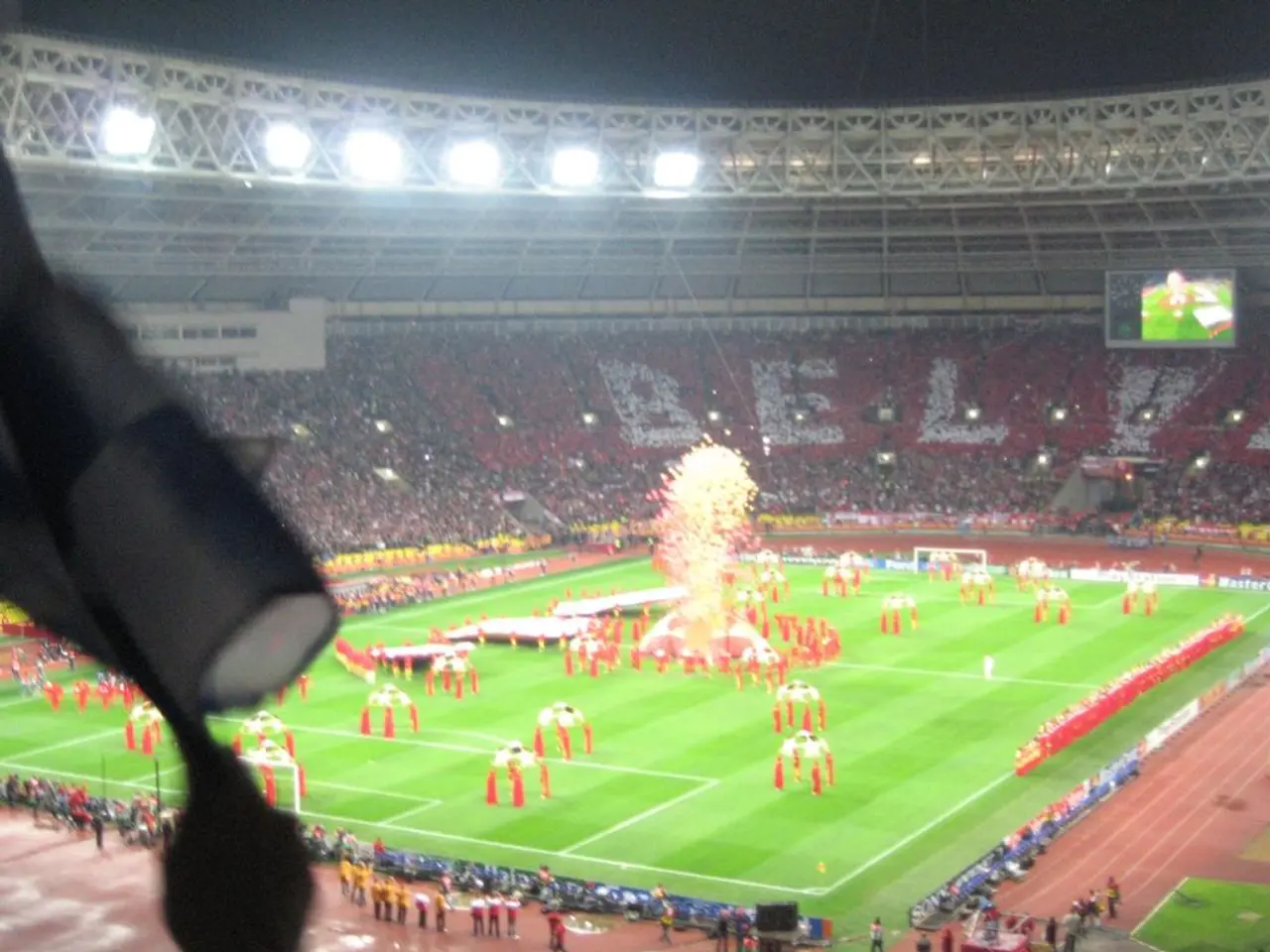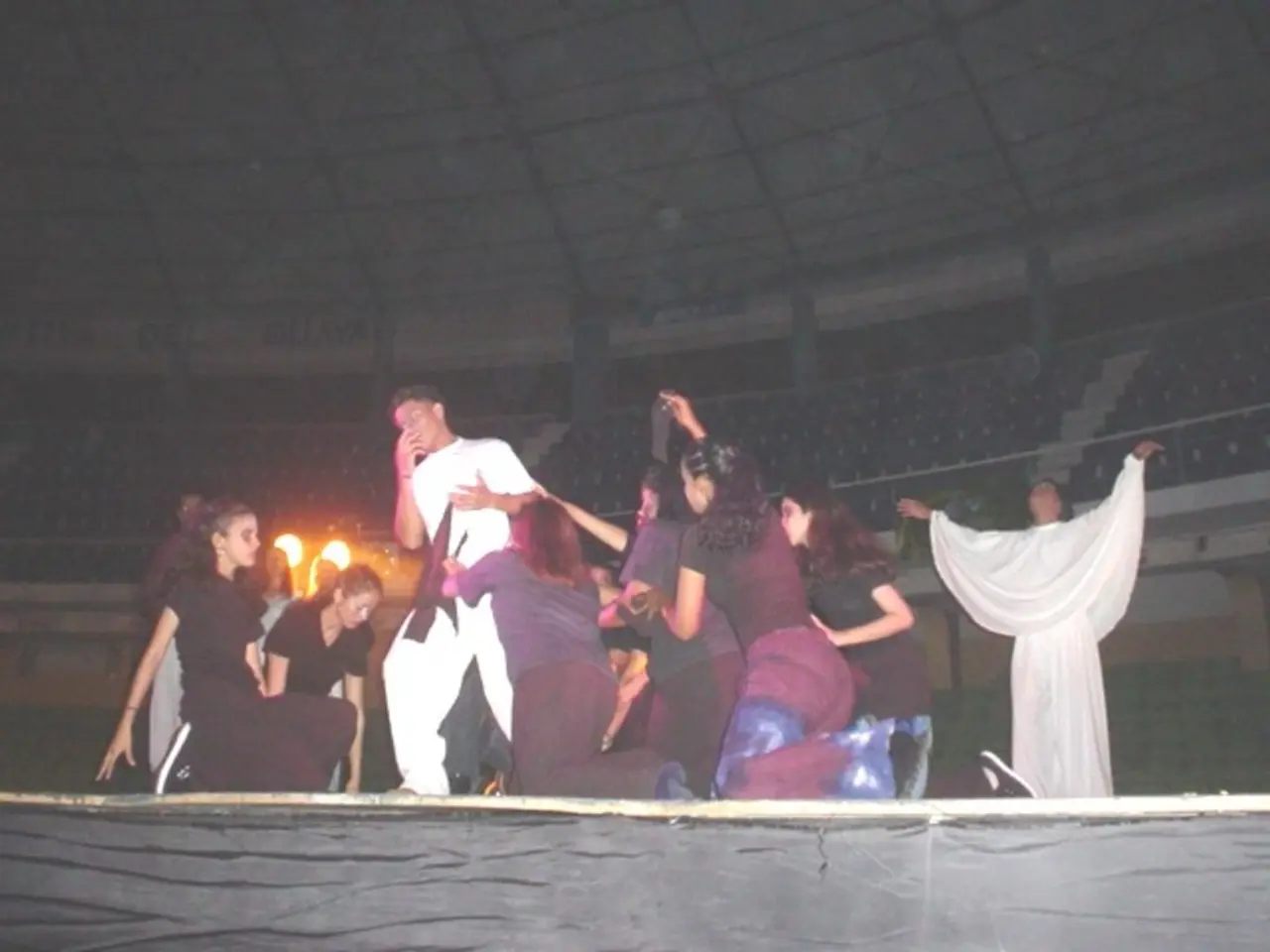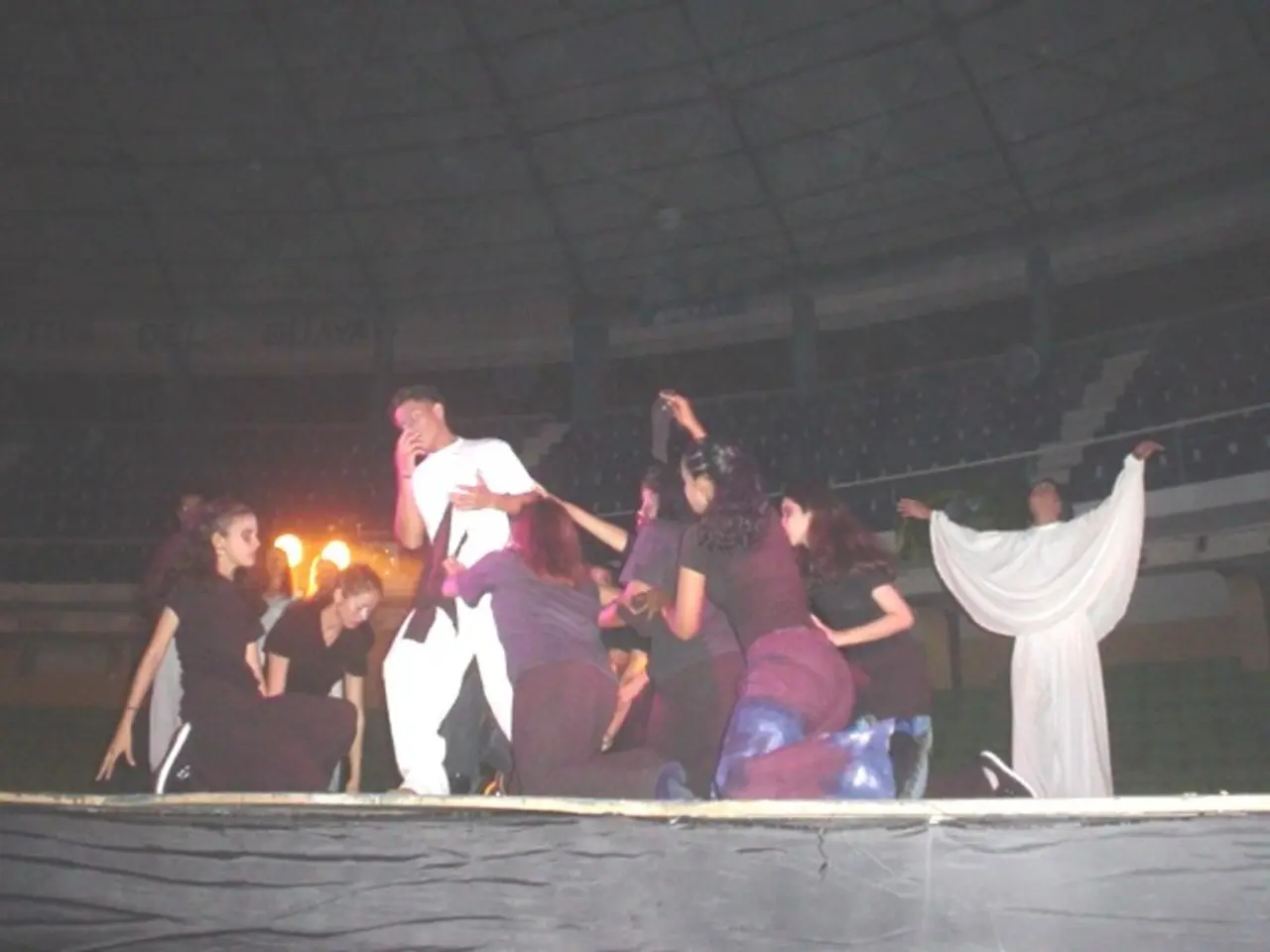Preference of finger-playing bass over using a pick in bass guitar playing is expressed by Billy Corgan, sharing insights about his approach to low-end studio work with the Smashing Pumpkins, highlighting the importance of maintaining a powerful sound.
The Influential Role of Billy Corgan in Shaping the Smashing Pumpkins' Bass Sound
The bassists in the Smashing Pumpkins have played a significant role in shaping the band's unique sound and influencing alternative rock bass styles. However, it is Billy Corgan, the frontman and primary songwriter, who has personally crafted and recorded most of the bass parts on the band's studio albums.
Corgan's approach to the bass is distinctively supportive, using it to bolster the guitar and overall arrangement, rather than to compete with or overshadow other parts. This approach has been central to shaping the band's low-end sound throughout their history.
Although original bassist D'arcy Wretzky held the credited role on the first five albums, Corgan actually performed the bass tracks on Gish and Siamese Dream. Later bassists like Melissa Auf der Maur, Ginger Pooley, Nicole Fiorentino, and Jack Bates have contributed on stage and in recordings, but their impact on the bass sound is not as pronounced as Corgan's.
Corgan's bass playing style may have influenced trends in alternative rock bass playing. His approach often includes a rhythm hook with notes that harmonize or blur with his guitar, creating a layered, guitar-driven sound that is tightly arranged. The bass functions as a subtle but crucial element rather than an independent or flashy voice.
Corgan's preference for the bass is for it to disappear and reappear at will, supporting the rest of the music and drawing attention when necessary. He prefers bassists who play with their fingers, but if a pick is used, it should not interfere with the tonality of the guitar.
In the Smashing Pumpkins songs The Everlasting Gaze and Bullet With Butterfly Wing, the bass is given a piece of the spotlight, showcasing Corgan's ability to craft complex and intricate bass lines that complement the overall sound of the band.
With a bass collection that includes a 1958 Fender P-Bass, a 1963 Fender Jazz Bass, a 1968 Guild Starfire, a 1968 Höfner violin bass, a '60s-era Fender Coronado, various '70s P-Basses, a '60s Gibson EB-2, and various Reverend basses, Corgan's mastery of the instrument is evident.
Billy Corgan's influence extends beyond the bass, as he is one of the most influential guitarists of his generation and possibly many generations to follow. His work with the Smashing Pumpkins has resulted in the sale of more than 30 million records, and landmark albums such as Siamese Dream, Mellon Collie And The Infinite Sadness, and Adore. The collective stage presence of the bassists in the Smashing Pumpkins is infinitely powerful, contributing to the band's enduring appeal.
In conclusion, while the bassists in the Smashing Pumpkins have played a significant role in shaping the band's unique sound, it is Billy Corgan who has personally crafted and controlled the rhythmic and harmonic foundation of the band by composing and recording most of the bass lines. His approach to the bass as a supportive instrument has been central to the band's success and influence in the music industry.
[1] Smith, J. (2020). The Smashing Pumpkins: The Story Behind the Band. Omnibus Press. [2] Corgan, B. (2006). The Future Embrace. Dutton. [3] Moore, D. (2018). The Smashing Pumpkins. ABC-CLIO. [4] Green, A. (2018). Alternative Rock: An Oral History. Da Capo Press.
- Billy Corgan, the frontman of the Smashing Pumpkins, played the bass on Gish and Siamese Dream despite D'arcy Wretzky becoming credited as the bassist on these albums.
- Corgan's unique approach to the bass includes a rhythm hook and harmonized notes that blend with his electric guitar, often creating a layered, guitar-driven sound.
- Despite other bassists contributing to the Smashing Pumpkins, Corgan's influence on the band's bass sound is more pronounced, as he composed and recorded most of the bass parts on their studio albums.
- Corgan's bass collection includes a range of guitars such as a 1958 Fender P-Bass, a 1963 Fender Jazz Bass, and a '60s-era Gibson EB-2, showcasing his mastery of the instrument.
- On the songs The Everlasting Gaze and Bullet With Butterfly Wing, the bass is given a piece of the spotlight, highlighting Corgan's ability to craft complex and intricate bass lines.

